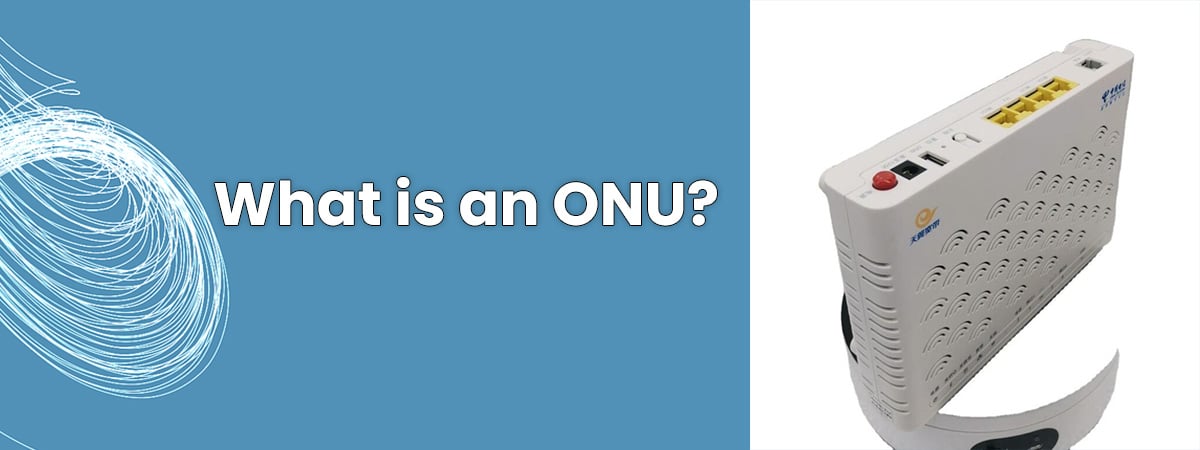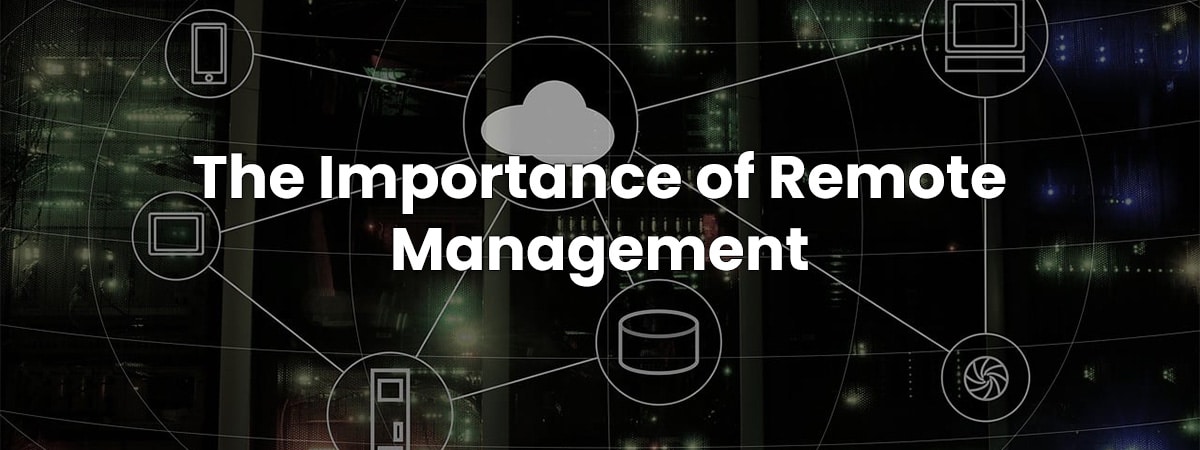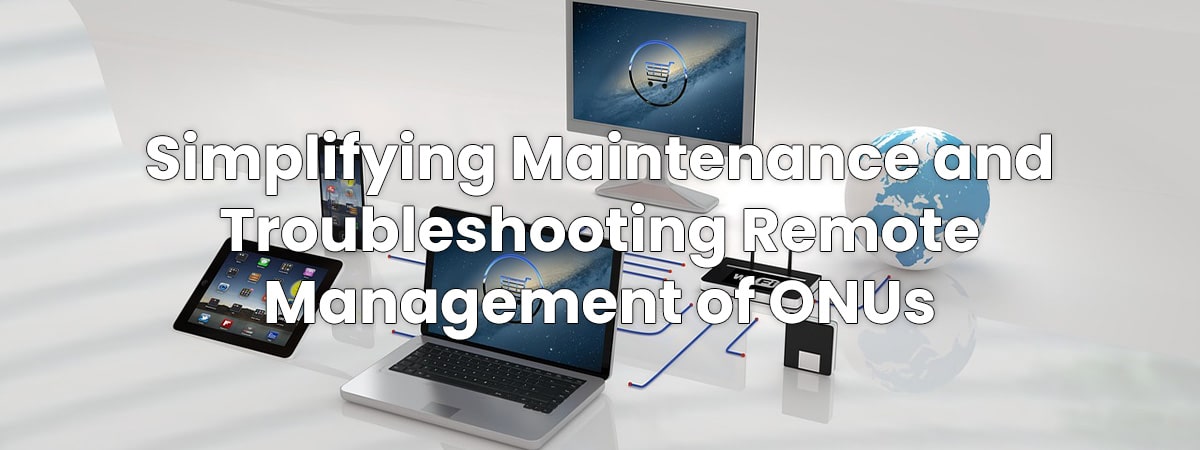In the world of modern telecommunications, Optical Network Units (ONUs) play a pivotal role in delivering high-speed internet, voice, and television services to our homes and businesses. These compact devices, typically installed at the customer’s premises, are the last mile of the fiber-optic network. However, what sets ONUs apart from traditional networking equipment is their capability to be remotely managed and monitored by network operators. In this article, we will explore the benefits and significance of remotely managing and monitoring ONUs, simplifying maintenance and troubleshooting for both service providers and consumers.
What is an ONU?

Before delving into the advantages of remote management, let’s briefly understand what an ONU is and its role in fiber-optic networks. An Optical Network Unit is a device that connects a customer’s premises to the service provider’s fiber-optic network. It serves as the interface between the network infrastructure and the customer’s devices, such as computers, phones, and smart TVs. ONUs facilitate the conversion of optical signals into electrical signals that can be used by the customer’s equipment.
The Importance of Remote Management

- Real-time Monitoring: One of the primary benefits of remotely managing ONUs is the ability to monitor their performance in real time. Network operators can keep an eye on signal quality, bandwidth usage, and potential issues, even before customers notice any disruptions. This proactive approach allows for timely interventions, reducing downtime and improving overall network reliability.
- Troubleshooting: Remote management simplifies troubleshooting procedures. When a problem arises, network operators can access the ONU’s settings and diagnostics remotely, eliminating the need for on-site visits. This not only saves time but also reduces operational costs, benefiting both service providers and customers.
- Firmware Updates and Configuration Changes: Keeping ONUs up-to-date with the latest firmware and making configuration changes can be done remotely. This ensures that ONUs are operating efficiently and securely without inconveniencing customers with service disruptions.
- Security: Remote management also enhances the security of ONUs. Operators can promptly identify and address potential security threats, such as unauthorized access attempts or unusual network activity. This proactive stance helps protect both the network and customer data.
Enhanced Customer Experience
Remote management of ONUs doesn’t only benefit service providers; it also enhances the customer experience in several ways:
- Faster Issue Resolution: Customers experience fewer service disruptions and faster issue resolution, leading to higher satisfaction rates.
- Convenient Configuration: Service providers can assist customers with ONU configuration remotely, ensuring optimal performance without requiring customers to be tech-savvy.
- Reduced Downtime: Scheduled maintenance and updates can be performed during off-peak hours, minimizing downtime for customers.
Future-Proofing Networks

As the demand for high-speed internet and advanced services continues to grow, the ability to remotely manage and monitor ONUs becomes increasingly crucial. This technology not only simplifies maintenance and troubleshooting but also future-proofs network infrastructure. It allows for the seamless integration of new technologies, such as 5G and IoT, without major infrastructure overhauls.
In conclusion, the remote management and monitoring of ONUs are transformative for the telecommunications industry. Service providers can deliver a more reliable and efficient service while reducing operational costs. Customers benefit from improved uptime, faster issue resolution, and enhanced security. As technology continues to advance, ONUs will play an even more pivotal role in connecting us to the digital world, and their remote management will be key to delivering a seamless and uninterrupted experience.
